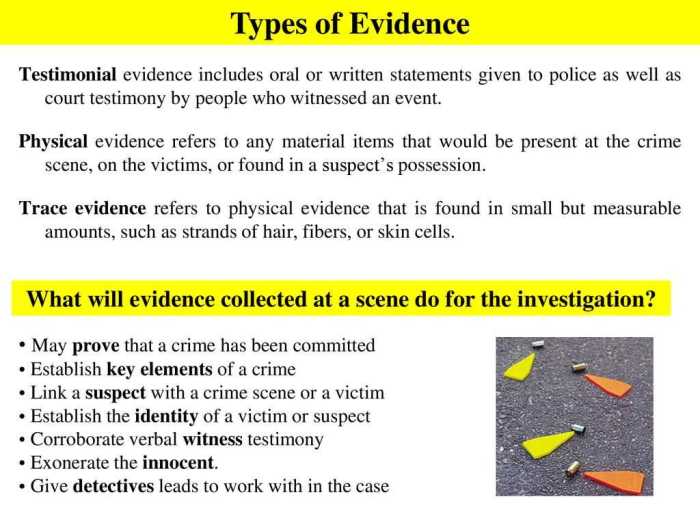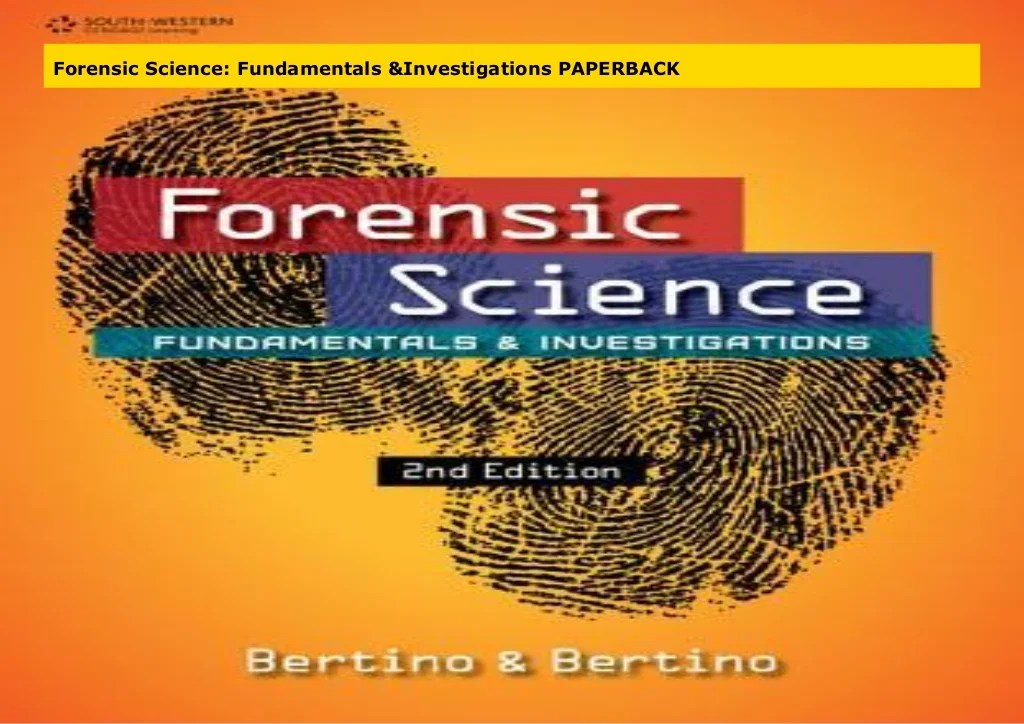Welcome to the realm of forensic science, where scientific principles meet criminal investigations. With the Forensic Science Fundamentals and Investigations Answer Key as our guide, we embark on a captivating journey into the world of crime scene analysis, evidence collection, and forensic analysis.
Prepare to uncover the secrets hidden within the physical and biological traces left behind, as we unravel the mysteries of crime and seek justice.
From the preservation of the crime scene to the interpretation of complex scientific data, this comprehensive guide provides a roadmap for understanding the intricacies of forensic investigations. Join us as we delve into the fascinating world of forensic science, where every piece of evidence holds the potential to tell a story and bring criminals to justice.
1. Introduction to Forensic Science Fundamentals

Forensic science is the application of scientific methods to legal problems. It is a multidisciplinary field that draws on a variety of scientific disciplines, including biology, chemistry, physics, and computer science.
Forensic science is used in a wide variety of criminal investigations, including homicides, assaults, robberies, and burglaries. Forensic scientists can help to identify suspects, link them to crimes, and reconstruct the events that led to the crime.
Branches of Forensic Science, Forensic science fundamentals and investigations answer key
- Forensic biology: the study of biological evidence, such as blood, DNA, and hair
- Forensic chemistry: the study of chemical evidence, such as drugs, explosives, and poisons
- Forensic physics: the study of physical evidence, such as fingerprints, firearms, and tool marks
- Forensic computer science: the study of digital evidence, such as computer files, emails, and social media posts
2. Crime Scene Investigation

The crime scene is the location where a crime has occurred. It is important to preserve the crime scene so that forensic scientists can collect evidence and reconstruct the events that led to the crime.
Methods of Documenting the Crime Scene
- Photography: taking photographs of the crime scene and any evidence that is found
- Sketching: drawing a diagram of the crime scene, including the location of any evidence
- Note-taking: writing down observations about the crime scene, including the location of any evidence
Step-by-Step Guide to Conducting a Crime Scene Investigation
- Secure the crime scene
- Document the crime scene
- Search for evidence
- Collect evidence
- Preserve evidence
Quick FAQs: Forensic Science Fundamentals And Investigations Answer Key
What is the primary goal of forensic science?
To provide scientific evidence and analysis to assist in criminal investigations and legal proceedings.
What are the key branches of forensic science?
Crime scene investigation, physical evidence analysis, biological evidence analysis, forensic analysis, forensic reporting, and forensic ethics.
How is physical evidence collected and preserved at a crime scene?
Using proper techniques to document, photograph, collect, and store physical evidence to maintain its integrity and prevent contamination.
What is the importance of maintaining objectivity and impartiality in forensic science?
To ensure that forensic scientists provide unbiased and accurate findings based on scientific evidence, free from personal biases or external influences.
